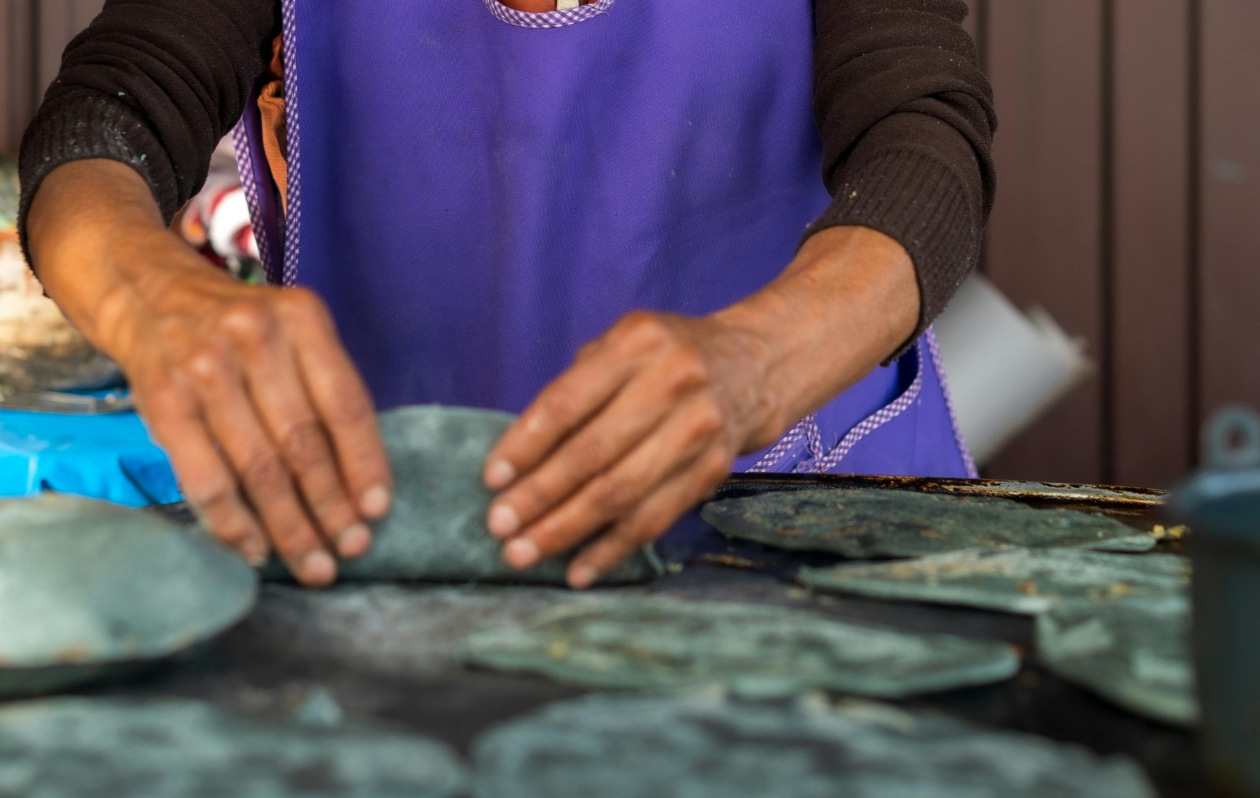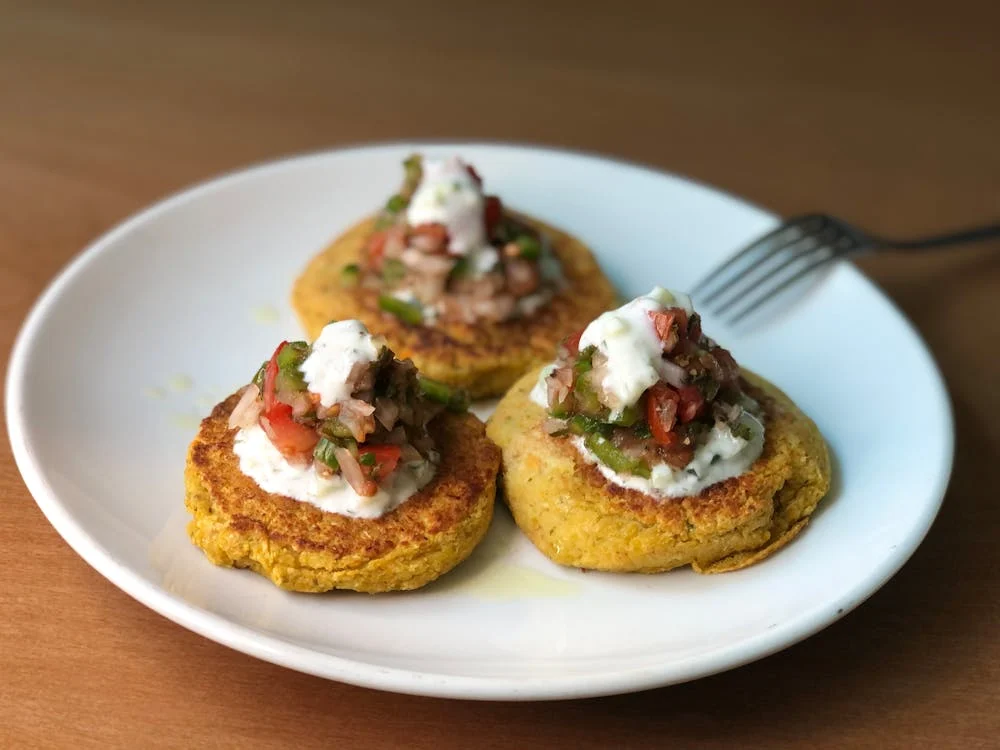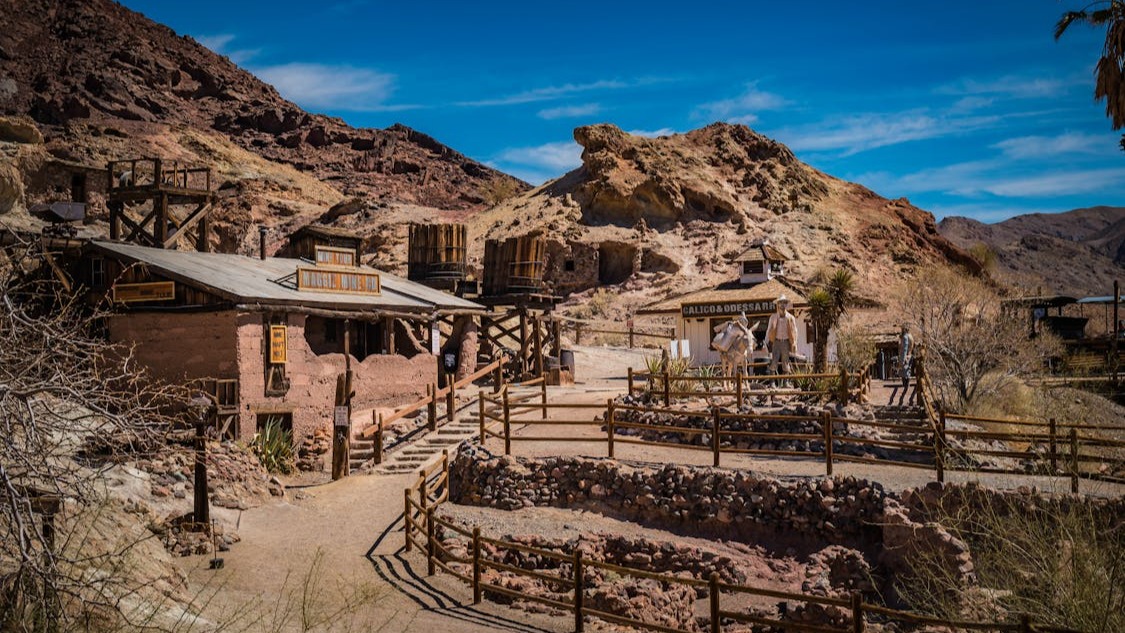Austin, Texas, is a city with a soul shaped by its storied past. From its origins as a Native American crossroads to its days as a frontier settlement, through waves of immigration and cultural transformation, Austin’s history is as vibrant as its modern-day reputation for music and innovation. This rich tapestry of influences is now being woven into the city’s culinary scene, with caterers crafting menus that pay homage to Austin’s historical eras. These menus don’t just feed guests—they tell a story of resilience, diversity, and creativity. Below, we explore how Austin’s catering industry is drawing inspiration from the city’s past to create immersive, unforgettable dining experiences for events of all kinds.
The Pre-Columbian Roots: Native American Influences
Before Austin was Austin, the land was home to Native American tribes like the Tonkawa and Comanche, who lived in harmony with the region’s natural bounty. Their diets relied on game, foraged plants, and river resources. Modern caterers are honoring this pre-colonial era by incorporating indigenous ingredients like mesquite, wild berries, and freshwater fish into their menus. Dishes such as smoked trout with mesquite honey glaze or nopales (cactus pads) salad with foraged herbs reflect the ingenuity of these early inhabitants. Desserts might feature persimmon pudding, a nod to the native fruit that once thrived along the Colorado River.
Sample Menu Item:
- Grilled Nopales Tostadas with Mesquite Honey
Charred cactus pads topped with black beans, avocado, and a drizzle of mesquite-infused honey, served on crisp corn tostadas.

The Frontier Era: Texian Feasts of the Republic
In the 1830s, Austin emerged as the capital of the Republic of Texas, a rugged frontier where settlers forged a new identity. Their food was hearty, practical, and rooted in the land. Caterers are reviving this era with menus centered on slow-cooked meats, simple grains, and foraged flavors. Smoked brisket, a Texas staple, is paired with skillet cornbread and cowboy beans seasoned with local chiles. Wild game like venison or quail, often served with prickly pear reductions, celebrates the resourcefulness of Texian cooks. For dessert, pecan pie or peach cobbler—made with Hill Country peaches—evokes the warmth of frontier hearths.
Sample Menu Item:
- Smoked Quail with Prickly Pear Glaze
Tender quail, smoked over oak and brushed with a sweet-tart prickly pear sauce, served with cornbread stuffing and braised greens.
The German Immigrant Wave: Central Texas Comfort
The mid-19th century brought German immigrants to Central Texas, who settled in nearby areas like New Braunfels and Fredericksburg, leaving an indelible mark on Austin’s food culture. Their hearty, comforting dishes are now a cornerstone of historical catering menus. Think smoked sausages, tangy sauerkraut, and soft pretzel rolls with beer cheese dip. Main courses might include pork schnitzel with mustard cream or spaetzle tossed in mushroom gravy. Desserts like Black Forest cake, with its layers of chocolate and cherries, or warm apple strudel with vanilla sauce, bring a taste of Bavaria to Austin’s tables.
Sample Menu Item:
- Sausage and Sauerkraut Crostini
House-made bratwurst slices on toasted rye bread, topped with fermented sauerkraut and a dollop of spicy mustard aioli.

The Mexican-American Legacy: Tejano Traditions
Austin’s proximity to Mexico and its vibrant Tejano community have shaped its culinary identity for centuries. Caterers are honoring this heritage with bold, soulful dishes that reflect the flavors of early Mexican-American Austinites. Handmade tamales filled with pork or chicken, drizzled with red or green chile sauce, are a crowd favorite. Carne guisada, a slow-simmered beef stew, is served with fresh flour tortillas. Vibrant sides like esquites (Mexican street corn salad) and salsas made with local ancho or guajillo chiles add color and heat. For dessert, flan with a caramelized sugar crust or tres leches cake soaked in sweet milk offers a decadent finish.
Sample Menu Item:
- Mini Tamales with Mole Poblano
Bite-sized tamales stuffed with shredded chicken, topped with a rich, smoky mole sauce and sprinkled with sesame seeds.
The BBQ Boom: Austin’s Mid-20th Century Icon
By the mid-20th century, Austin was cementing its reputation as a barbecue capital. Iconic joints like Franklin Barbecue have their roots in this era, when pitmasters perfected the art of low-and-slow cooking. Caterers are channeling this legacy with menus featuring oak-smoked ribs, juicy sausage links, and melt-in-your-mouth brisket. Classic sides like creamy coleslaw, potato salad with dill, and smoky pinto beans are served family-style, capturing the communal spirit of old-school BBQ gatherings. For a modern twist, some caterers offer vegetarian options like smoked jackfruit or portobello mushrooms, reflecting Austin’s inclusive food scene.
Sample Menu Item:
- Brisket Sliders with Pickled Red Onions
Tender brisket slices on brioche buns, topped with house-pickled red onions and a tangy BBQ sauce, served with a side of jalapeño cornbread.
The Counterculture Era: Austin’s 1970s Vibe
In the 1970s, Austin became a haven for artists, musicians, and free spirits, giving rise to its “Keep Austin Weird” ethos. This era’s emphasis on local, organic ingredients and vegetarian fare is inspiring caterers to offer plant-based dishes with a retro twist. Think lentil-stuffed bell peppers, quinoa salads with citrus vinaigrette, or zucchini fritters with herb yogurt dip. These menus often incorporate ingredients from Austin’s early farmers’ markets, like heirloom tomatoes or fresh greens from Boggy Creek Farm.
Sample Menu Item:
- Zucchini Fritters with Dill Yogurt
Crispy fritters made with local zucchini, served with a creamy dill yogurt dip and a side of heirloom tomato salad.

Modern Austin: A Fusion of Past and Present
Today’s Austin is a dynamic blend of its historical roots and global influences, and caterers are reflecting this in innovative, fusion-inspired menus. Korean BBQ tacos, blending Texas brisket with gochujang glaze, or vegan tamales filled with roasted poblanos and cashew crema showcase the city’s creative spirit. Local ingredients remain central—Hill Country peaches in summer cobblers, Barton Springs microgreens in salads, or pecans in brittle and pralines. These menus bridge Austin’s past with its present, offering something for every palate.
Sample Menu Item:
- Korean BBQ Tacos with Kimchi Slaw
Smoked brisket tossed in a spicy gochujang sauce, served in corn tortillas with a crunchy kimchi-cabbage slaw.
Crafting an Experience: The Art of Historical Catering
Austin’s caterers are doing more than serving food—they’re curating experiences that connect guests to the city’s heritage. By sourcing ingredients from local farms, ranches, and markets, they honor the land that has sustained Austin for centuries. Traditional cooking methods, like pit-smoking or hand-rolling tamales, are paired with modern presentation to create visually stunning spreads. Whether it’s a wedding at a historic venue like the Driskill Hotel, a corporate event at the Texas State Capitol, or a backyard barbecue, these menus transform meals into journeys through time.
Practical Tips for Event Planners
-
Venue Pairing: Choose a venue that complements the historical theme, like a restored ranch or a museum.
-
Storytelling Elements: Work with caterers to include menu cards that explain the historical inspiration behind each dish.
-
Beverage Pairings: Pair menus with local drinks, like Texas wines, craft beers, or mezcal-based cocktails, to enhance the Austin vibe.
-
Dietary Inclusivity: Ensure menus offer vegetarian, vegan, and gluten-free options to reflect Austin’s diverse community.
Conclusion
Austin’s history is a feast for the senses, and its caterers are bringing that legacy to life with menus that celebrate every chapter of the city’s past. From Native American-inspired dishes to Tejano classics, German comfort food to smoky BBQ, these culinary creations offer more than sustenance—they offer connection. By blending tradition with innovation, Austin’s catering scene ensures that every event is a delicious tribute to the city’s enduring spirit. So, the next time you’re planning an event, consider a menu that tells Austin’s story—one bite at a time.
